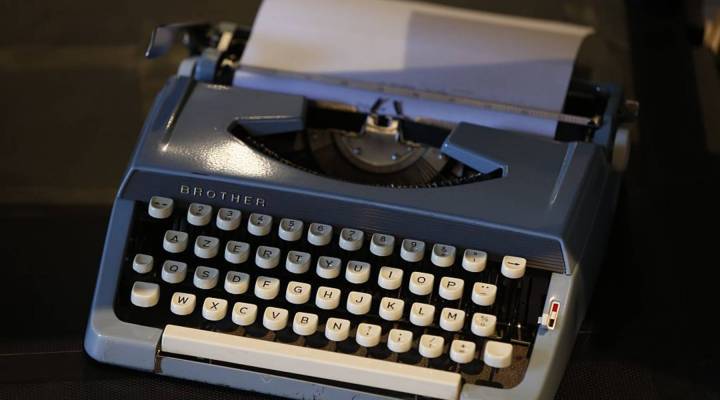
3 innovations that started out as inclusive design solutions
3 innovations that started out as inclusive design solutions

From tech to media to consumer products, there’s been a big push to make corporate America more inclusive. Kat Holmes, who lead inclusive-design initiatives at Microsoft and Google, wants companies to think beyond workplace culture to consider inclusivity in the context of the products they create. She talked with Marketplace’s Kimberly Adams about her new book, “Mismatch: How Inclusion Shapes Design.”
Holmes says inclusive design starts with recognizing how design can contribute to exclusion. “You think of a video game controller,” she said. “If you’re playing a game, you’re probably holding a device in your hands that requires two hands. That game controller, in a way, says to people, gaming is for you or it’s not for you.”

The cover of Kat Holmes’ new book.
Holmes told Adams that there’s a strong business case for inclusive design. “When we design a solution that works well across different demographics, different life stages, abilities, it starts to stretch how we think about who can benefit from out solutions,” she said. The following excerpt from Holmes’ book shows three examples of inclusive design solutions that benefit more than just group they were originally intended to serve:
TYPEWRITERS AND KEYBOARDS
One of the first typing machines was invented with a woman named Countess Carolina Fantoni da Fivizzano, in the early 1800s. She was the friend and lover, according to some sources, of Italian inventor Pellegrino Turri. The countess slowly lost her vision at a time when the only way for someone who was blind to send letters was by dictating their note to another person, who would transcribe the message to paper.
In order to keep their communications private, the countess and Turri invented a machine that could be used to write notes by pressing a key for a single letter, raising a metal arm to press each letter into carbon paper. This invention made writing accessible to people who are blind, but many derivatives have evolved over the past two centuries into the modern-day keyboards for computing and mobile devices.
THE FLEXIBLE STRAW
Joseph Friedman was at an ice cream shop with his young daughter. Sitting at the counter, she was having a hard time drinking her milkshake through the straight paper straw without spilling the drink. Friedman inserted a screw into the straw and tightly wrapped a wire around it to make a flexible joint.
That bend in the straw made it possible for his daughter to comfortable enjoy her beverage. But it also works well for anyone who’s unable to hold a glass to their mouth, or reclined in bed from illness or injury. It also benefits anyone who’s reclined on a beach, enjoying their favorite vacation beverage.
FINGERWORKS
Wayne Westerman wanted to create a method of interacting with a computer that required no force in the hand. He was motivated, in part, by his own severe case of carpal tunnel syndrome. His company, FingerWorks, developed a way to replace a keyboard with a touchpad for each hand.
They initially marketed their invention to people with hand disabilities and repetitive-strain injuries to their arms. The company had a base of passionate customers who came to depend on FingerWorks products in their daily computer usage. Their was also an increase in customers who were interested in the design as an easier way to navigate their computer, regardless of their abilities or limitations.
FingerWorks sold their technology to Apple in 2005, enabling the tech giant to build their first gesture-controlled, multi-touch interface, the iPhone. Westerman is listed on a 2007 iPhone patent. However, in process, the original FingerWorks product was discontinued.
Excerpted from “Mismatch: How Inclusion Shapes Design” by Kat Holmes (MIT Press, 2018).
To hear more about the economics of disability, listen to a special episode of Marketplace Weekend here.
There’s a lot happening in the world. Through it all, Marketplace is here for you.
You rely on Marketplace to break down the world’s events and tell you how it affects you in a fact-based, approachable way. We rely on your financial support to keep making that possible.
Your donation today powers the independent journalism that you rely on. For just $5/month, you can help sustain Marketplace so we can keep reporting on the things that matter to you.












